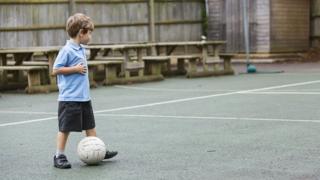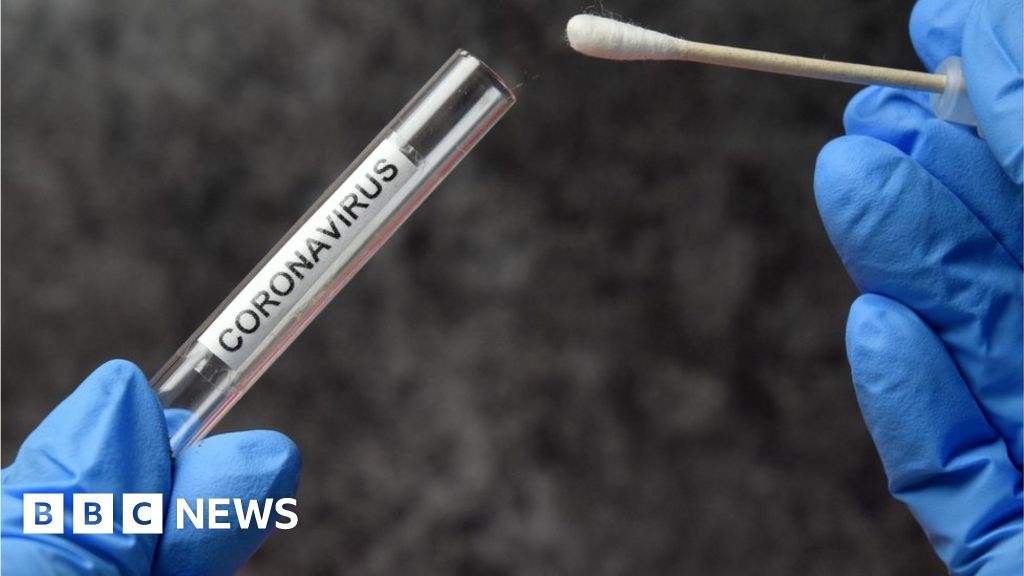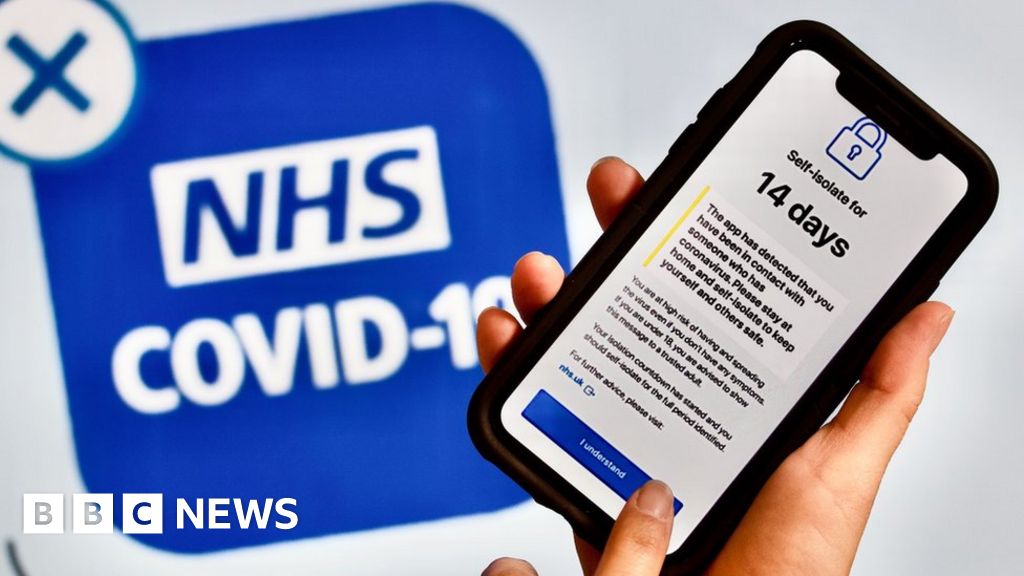 Image copyright
Getty Images
Image copyright
Getty Images
Some children in England will be going back to school from Monday 1 June.
Following a heated debate, the government published the advice it received from scientists on what is known about the impact of more children returning to the classroom.
How dangerous is coronavirus for children?
Children are at extremely low risk of becoming ill from the virus.
Adults - and particularly older adults - are far more likely to be seriously ill and die from complications of the virus.
Across the UK, 0.01% of deaths were people under 15, 1% were aged 15-44 and about 75% were over 75.
Half of all the people with confirmed coronavirus who were admitted to critical care units in England, Wales and Northern Ireland were 60 as at 15 May, and half were younger, according to a research charity.
But the majority were over 50 and fewer than 10% were younger than 40.
Image caption In the UK, three children under 15 have died with coronavirusChildren have so far only accounted for between 1% and 5% of all diagnosed cases, according to Prof Adilia Warris, a paediatric infectious diseases specialist at the University of Exeter.
They often have "milder disease than adults," she says, pointing out that deaths have been rare.
There have been some extremely rare cases of children developing an inflammatory syndrome similar to Kawasaki disease, and scientists are exploring a possible delayed immune response to coronavirus.
Can children pass on coronavirus to others?
This is one of the missing pieces of the puzzle about coronavirus and how it spreads.
It is still not clear how infectious anyone with very mild symptoms or no symptoms at all is - at any age. To understand this we would need widespread antibody testing to identify who has had the virus across the whole population, and work out how they might have caught it.
Image copyright Getty ImagesA University College London review of the evidence, based on studies using contact tracing and population screening, suggested children were half as likely as adults to catch the virus.
The government's Scientific Advisory Group for Emergencies (Sage) said the "balance of evidence" suggested children might be both less likely to catch it and, if they do catch it, less likely to pass it on. But the "evidence remains inconclusive," it said.
One study looking at cases in Shenzhen in China at the beginning of the year suggested that children were just as likely to catch the virus, raising the fear that they could be transmitting it without showing any symptoms. But research carried out since then has been more reassuring.
Studies of clusters of infections in family groups across China have concluded - based on contact tracing - that none of the infections were likely to have been introduced by children.
Image copyright Getty ImagesA study of a cluster of infections in the French Alps found that a child who tested positive for the virus did not pass it on to any of the more than 100 people they had contact with during the time they had symptoms.
Community studies in Iceland, South Korea, the Netherlands and Italy all found evidence children were less likely to have - or have had - the virus than adults. The Italian region studied tested 70% of its population.
A review of the evidence by a global team of researchers concluded: "The role of children in transmission is unclear, but consistent evidence is demonstrating a lower likelihood of acquiring infection, and lower rates of children bringing infections into households."
One theory for why children generally have no symptoms or milder ones is that their lungs might contain fewer of the receptors that coronavirus uses to infect cells. But experts say there is not yet any good evidence to support this.
What about the risks to staff?
More children in schools means more teachers working, and more parents at the school gates, and it's not yet clear how those extra contacts might affect the spread of infection.
As the Sage report says, "It is important to understand the other types of social distancing measures that staff, parents, and students are engaging in beyond the boundaries of the school."
The group of scientists modelled nine different "return to school" scenarios.
On 16 May, Deputy Chief Medical Officer for England Dr Jenny Harries said the government had opted for the one estimated to give the smallest increase in the R number - the measure of how fast the disease is spreading - while still bringing significant numbers of children back to school.
Image copyright Getty ImagesIt was reported that in 22 European Union countries where schools were partially reopened, there hadn't been a significant increase in cases, including among staff. These countries all opened up schools to different extents.
France did report a small uptick in cases after partially re-opening schools.
But World Health Organization (WHO) chief scientist Dr Soumya Swaminathan agrees that children are "less capable" of spreading the virus, and are at "very low risk" of getting ill from the disease.
"What we have seen in countries where schools have remained open is that there have not been big outbreaks in schools."
Why send primary school children back first?
Government guidelines say it wants to start with Reception, Year 1 and Year 6 children in England because:
these year groups have important educational needs younger children are less likely to become unwell if infected older children are more likely to have higher numbers of contacts outside school so pose a greater transmission risk older children are typically better able to learn at homeThe government says secondary schools in England will be able to reopen to Year 10 and Year 12 from Monday 15 June.
But only a quarter of pupils from those years will be allowed in school at any one time
The schools minister Nick Gibbs told MPs there is still no decision about the government's ambition to send all primary children in England back before the summer break.

 5 years ago
908
5 years ago
908 

